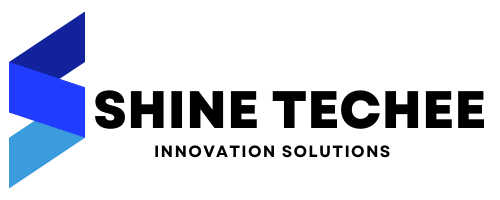Navigating Change: Google Phases Out Crawl Rate Limiter Tool in Search Console
Introduction:
In a recent move that has sent ripples through the SEO community, Google has announced the discontinuation of the Crawl Rate Limiter tool in Search Console. This tool, which allowed website owners to control the speed at which Googlebot crawled their sites, is being phased out. In this blog post, we’ll delve into the implications of this decision, explore why Google is making this change, and discuss how webmasters can adapt to ensure optimal crawl performance.
Understanding the Crawl Rate Limiter Tool:
The Crawl Rate Limiter tool was a valuable resource for webmasters, providing them with the ability to manage how quickly or slowly Google’s crawlers accessed and indexed their site’s content. This tool was particularly useful for websites with specific server constraints or those seeking to prioritize certain pages over others in the crawling process.
Why the Change?
Google’s decision to remove the Crawl Rate Limiter tool is part of a broader effort to streamline and simplify the Search Console interface. The search giant aims to provide webmasters with a more intuitive and user-friendly experience while maintaining efficient crawling processes. The move suggests a shift towards Google’s confidence in its algorithms to automatically determine the optimal crawl rate for websites.
Implications for Webmasters:
1. Adaptation is Key: Webmasters will need to adapt their strategies as the Crawl Rate Limiter tool is phased out. This may involve optimizing server performance, improving site speed, and ensuring a well-structured sitemap to facilitate efficient crawling.
2. Automated Crawling: With the removal of the manual control provided by the tool, webmasters can expect Google’s algorithms to take a more active role in determining crawl rates. This reinforces the importance of maintaining a technically sound and accessible website.
Best Practices for the Transition:
1. Optimize Site Performance: Ensure that your website is technically sound, with a focus on fast loading times and server responsiveness.
2. Submit a Comprehensive Sitemap: A well-structured sitemap helps search engines understand the hierarchy and importance of different pages on your site, facilitating efficient crawling.
Conclusion:
As Google bids farewell to the Crawl Rate Limiter tool in Search Console, webmasters are presented with an opportunity to fine-tune their websites for optimal performance. While the change may initially pose challenges, embracing best practices for SEO and site optimization will continue to be the key to success in the ever-evolving digital landscape. Stay tuned for updates and adapt to ensure your website remains visible and accessible to search engines.
